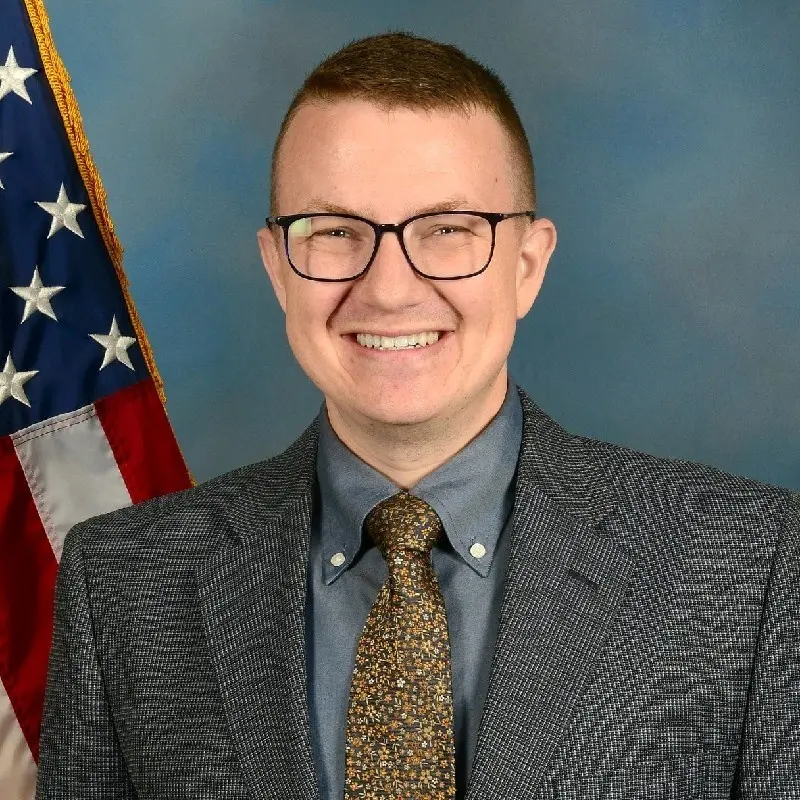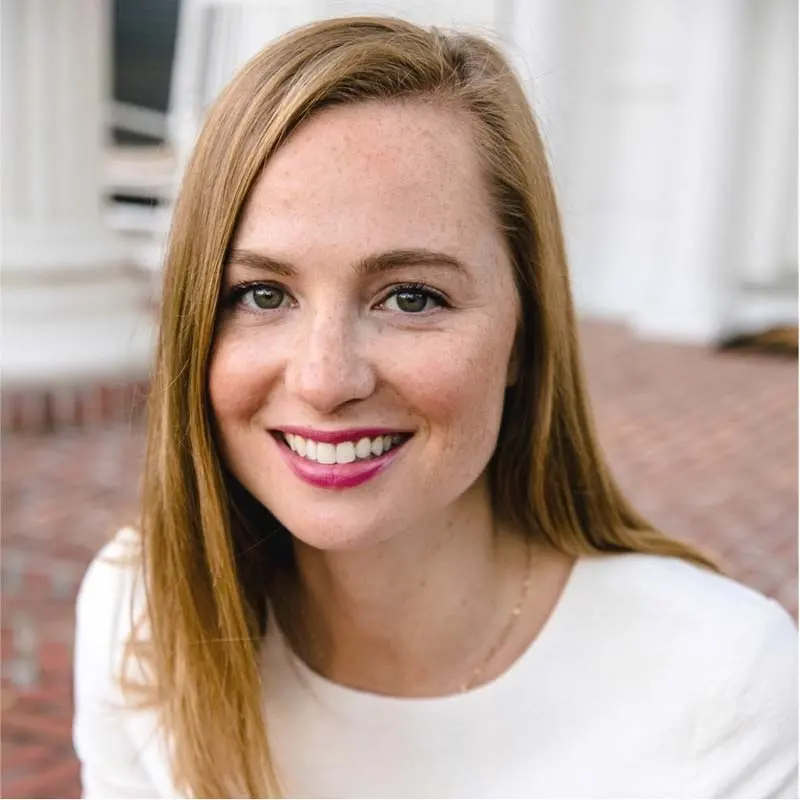Every day, they tackled complex issues with life-or-death stakes:
A failure to get donor organs to critically ill patients.
Tobacco products designed to appeal to kids.
Maternal and infant death.
They were hired after lawmakers and bureaucrats debated and negotiated and persuaded their colleagues — sometimes over the course of years — to make those problems someone’s job to solve.
Then, this month, they were fired as part of President Donald Trump’s widespread purge of federal workers. Suddenly, the future of their public health missions was in question.
The White House hasn’t released figures on how many have been fired, but news reports have begun to take stock: about 750 workers at the Centers for Disease Control and Prevention, which plays a central role responding to pandemics; more than 1,000 staffers at the National Institutes of Health, which funds and conducts life-saving research; dozens at the Centers for Medicare and Medicaid Services, which manages public health care and insurance programs; and scores of employees at the Food and Drug Administration, which oversees the safety of food, drugs and medical devices.
Department of Health and Human Services Secretary Robert F. Kennedy Jr. has vowed to gut the federal health centers, stating “entire departments” at the FDA should be cut. Neither the administration nor the federal agencies responded to ProPublica’s questions, but a White House spokesperson has previously said they were removing newer employees who were “not mission critical.”
“The implications for the health of the public are grave,” said Susan Polan, an associate executive director at the American Public Health Association, which is suing the Department of Government Efficiency, the group leading the firings, for violating federal transparency laws. “It is unfathomable that anybody thinks these cuts have value and are doing anything other than being performative.”
ProPublica reporters have spoken with dozens of federal workers employed in roles safeguarding the American public from harm. They described losing critical positions they’d spent years training for. Many expressed fear at what would happen to the work they left behind.
ProPublica is recording the casualties of the purge, highlighting the scale of what is being lost as public health programs and seasoned experts are caught in the Trump administration’s blunt-force drive to shrink the federal government.
Protecting Kids From Tobacco

For more than a decade, Dustin Brace has worked various federal jobs, serving as an emergency 911 dispatcher for the Navy and, as a member of the Coast Guard, responding to major chemical and oil spills. “I loved working to protect the American people,” he said. “I never thought that I would leave the government.”
Last year, when he joined the FDA, his mission was no different. As a social scientist at the agency’s Center for Tobacco Products, he helped regulate e-cigarettes and related items. Some were being designed to look like kid-friendly foods, resembling cans of grape soda, or decorated with cartoons, like unicorns eating pancakes. In recent years, more young children had been landing in emergency rooms, poisoned by liquid nicotine. And once in a while, devices explode — in people’s pockets, or hands, or faces. One man died after shrapnel entered his brain.
Every week, Brace scrutinized new product applications to ensure that they would not appeal to children and that the devices were safe for consumer use. The work required a close and careful review of thousands of pages of documents, combing them for hidden hazards. “The work takes time to be done properly,” he said.
His job, and the center as a whole, were born out of a bipartisan understanding that the tobacco industry needed to be regulated. It wasn’t until 2009, after decades of industry pushback, that the FDA finally gained the broad legal authority to do so.
The agency has historically struggled to recruit enough scientists and experts, who could receive higher salaries in the private sector. “People don’t come to agencies like the FDA and centers like CTP for the money,” said Mitch Zeller, who was the center’s director from 2013 through 2022. “They come because they believe in the mission.”
Notably, the center’s regulatory activities are funded through tobacco industry fees, and it does not rely on direct federal support. “Not one taxpayer dollar is spent to regulate the tobacco industry,” said Zeller.
Last Saturday, Brace received a termination notice along with other newer employees on his team. Like those sent to other federal workers, his contained boilerplate language citing poor performance, even though Brace had received favorable reviews over the past year, according to his assessment records.
Brace estimated that more than 10% of staff at the center’s science office were terminated in the past week.
“Things are going to slow down,” Brace said. “More mistakes may be made because the workload is so much higher.”
Keeping Mothers and Babies From Dying

When Arielle Kane last year joined a team working on an innovative federal program to make childbirth safer in the U.S., the mission spoke to her.
She could save lives.
America has the worst mortality rate among high-income countries for pregnant and postpartum women, and those in underserved communities face some of the highest risks. Their babies also are in danger if their moms can’t access prenatal care or be seen quickly for complications because they live in so-called “maternal deserts” where obstetric care isn’t available or is limited.
Kane’s program, housed under CMS, was created to support mothers on Medicaid — increasing access to birth centers, doulas and midwives, cutting down on risky procedures like C-sections and tracking outcomes like low infant birth weight. Better blood-pressure monitoring could prevent life-threatening complications like preeclampsia. Extra attention paid to depression and substance use could head off equally devastating consequences.
It officially launched on Jan. 1, and Kane was excited about the possibilities.
But after Trump’s inauguration, they were instructed to halt data collection on race and ethnicity, which troubled many of them. Racial disparities are pervasive in maternal health. Black women are three times more likely than white women to die from a pregnancy-related cause and more than twice as likely to have a stillbirth. Kane said she also was told not to communicate with state officials or attend an upcoming conference on maternal health.
Then, just a month and a half after the launch, Kane and three of her colleagues were fired. With two others planning to leave at the end of the month, she said, the team will be reduced by nearly half.
“I’m just so angry,” Kane said. “This model that has a lot of potential is just being gutted. What does that mean for all of the potential impacts we could have had?”
Keeping Donor Organs From Getting Lost

For more than a decade, Amy Paris worked for federal agencies as a problem solver: retooling overly bureaucratic and cumbersome processes to make them easier for the public to navigate.
Last year, she was hired to help reform the nation’s organ procurement and transplantation network, a public-private partnership that connects organ donors to patients in vital need of a transplant.
The program had recently come under fire. As thousands of patients were dying on waitlists, some donor organs weren’t even being used. Multiple kidneys had to be thrown out because of transport delays — couriers not picking them up in time or airlines misplacing them. One was accidentally left on an airport luggage trolley.
After federal and Senate investigations detailed numerous failures, including an archaic information technology system, the Health Resources and Services Administration announced a modernization initiative in March 2023.
Paris joined the team last October as a deputy digital services lead, working with transplant surgeons, technology experts and data scientists on upgrades. “We were making headway,” she said. “We had alignment from Democrats and Republicans on the Hill, we had funding, and they were hiring more of us.”
As a new employee, she figured she would be one of the first to go in the federal workforce purge. Even so, she was devastated when she received her notice.
About half of her team was laid off, she said, which sets the reform effort back indefinitely. After her firing, a planned trip to investigate the underlying technology of the network system had to be canceled.
“We are hollowing out our government in a way that is going to hurt people and is going to get people killed,” she said. “That is the scariest thing in the world.”
We are still reporting. If you work or have worked at a government agency, we want to hear from you. You can reach our tip line on Signal at 917-512-0201.
















